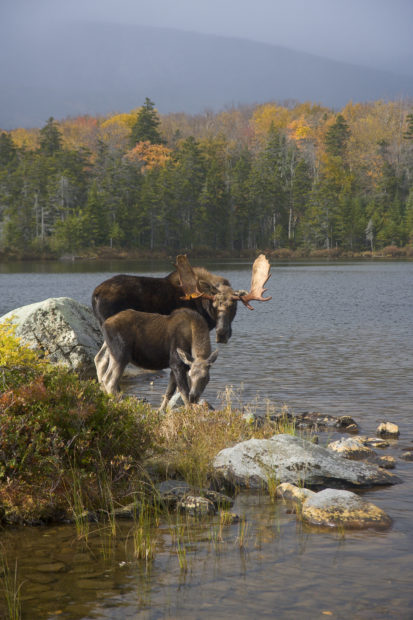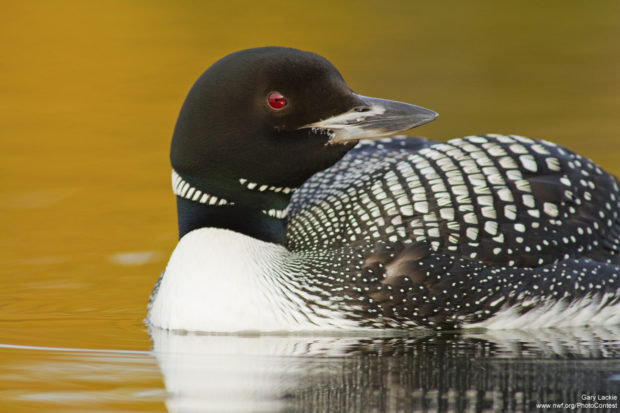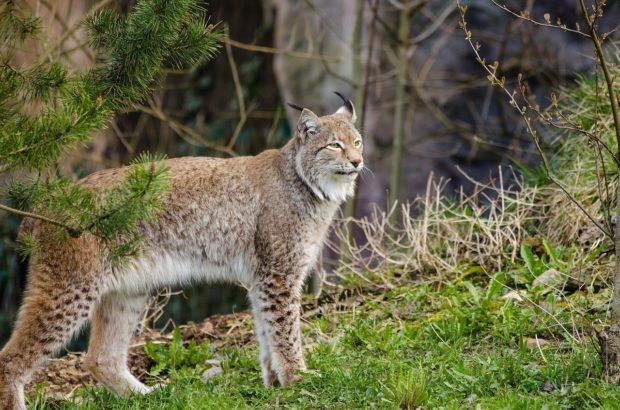We have much more to do and your continued support is needed now more than ever.
Let’s Not Lose this Magical Place for Moose and Loon
TAKE ACTION BEFORE JULY 10TH TO DEFEND NATIONAL MONUMENTS UNDER ATTACK
“The spruce and cedar on its shores, hung with gray lichens, looked at a distance like the ghosts of trees. Ducks were sailing here and there on its surface, and a solitary loon, like a more living wave, — a vital spot on the lake’s surface, — laughed and frolicked, and showed its straight leg, for our amusement.”
– Henry David Thoreau

Some 150 years ago the woods and waters of northern Maine captivated naturalist and philosopher Henry David Thoreau. Today, this pristine place still offers a chance to get lost in the thick of dense forests, to rest on the bank of a river with morning fog still sitting low, and if you are lucky, patient and still – perhaps you will hear the bugle of a moose or the cry of the loon.
This is a magical place, with a history as storied as the landscape.
In 2003 Roxanne Quimby, co-founder of Burt’s Bees, began buying former timber land in northern Maine. In the end Ms. Quimby purchased 87,500 acres of land, to donate to the American people in perpetuity. On August 24th, 2016 President Obama created the Katahdin Maine Woods and Waters National Monument preserving this special place for future generations and safeguarding vital habitat for wildlife in northern Maine.
Moose, lynx & loon have protected habitat for now
Vulnerable isn’t the first word that comes to mind to describe a 1,300 pound bull moose. But Maine’s moose population is just that, vulnerable. Moose populations are decreasing at alarming levels. Loss of habitat and a warming climate are having devastating impacts on these massive majestic animals. New Hampshire moose biologist Kristine Rines says, “Moose are facing a triple threat in our changing climate. Increasing temperatures, changing forest species and increased mortality due to parasites.” By protecting land and water from development we can help safeguard species like moose from some of the harmful effects climate change. With a monument designation came vital habitat protections for moose in the Katahdin Maine Woods and Waters, and some welcome good news for a species at risk.

The haunting wail of a loon echoing through fog and forest may be the quintessential sound of northern Maine. The common loon – a name that hardly does this bird justice – is an iconic fixture in the state. These impressive swimmers are reliant on clean healthy waters, typically going to shore only to nest. Habitat loss, human disturbance, and pollution pose threats to the bird. From the East Branch of the Penoboscot River to Orrin Falls, loons have protected waters from which to share their calls.

Known as the “gray ghost of the north” the Canada lynx has slowly disappeared from the contiguous United States. The animal is listed as “threatened” by US Fish and Wildlife Service, with confirmation of lynx populations in only four states, one of which is Maine. Habitat destruction and fragmentation are the greatest threats to the cat’s survival, making the protections provided by this national monument vitally important for this elusive cat.
Will Wildlife Be Served an Eviction Notice?
In late April of this year the Trump Administration issued an Executive Order to “review” national monuments established in the last 21 years, including Katahdin, despite the President’s campaign promises to fulfill the legacy of Theodore Roosevelt. Removing habitat protections for these woods and waters puts at risk wildlife already in peril, opening the lands up to development, logging, and habitat destruction or fragmentation. For Maine’s moose, loons, and lynx the stakes are too high to allow this happen.
I haven’t yet had the opportunity to visit the Katahdin Maine Woods and Waters National Monument, but I hope to soon. And when I do, I want to get lost among those same haunting spruce and cedar trees Thoreau described, to see ducks “sailing here and there,” and to hear the call of a solitary loon. And when I return, I want to tell my children about a timeless place where they too can get lost in the woods and waters of northern Maine; and that it is there for them because we protected it.
The American people have until July 10th to tell Secretary Zinke our National Monuments are vital for wildlife.
![]() Take action today for moose, loon, lynx and keeping these magical lands and waters just as they are.
Take action today for moose, loon, lynx and keeping these magical lands and waters just as they are.





















